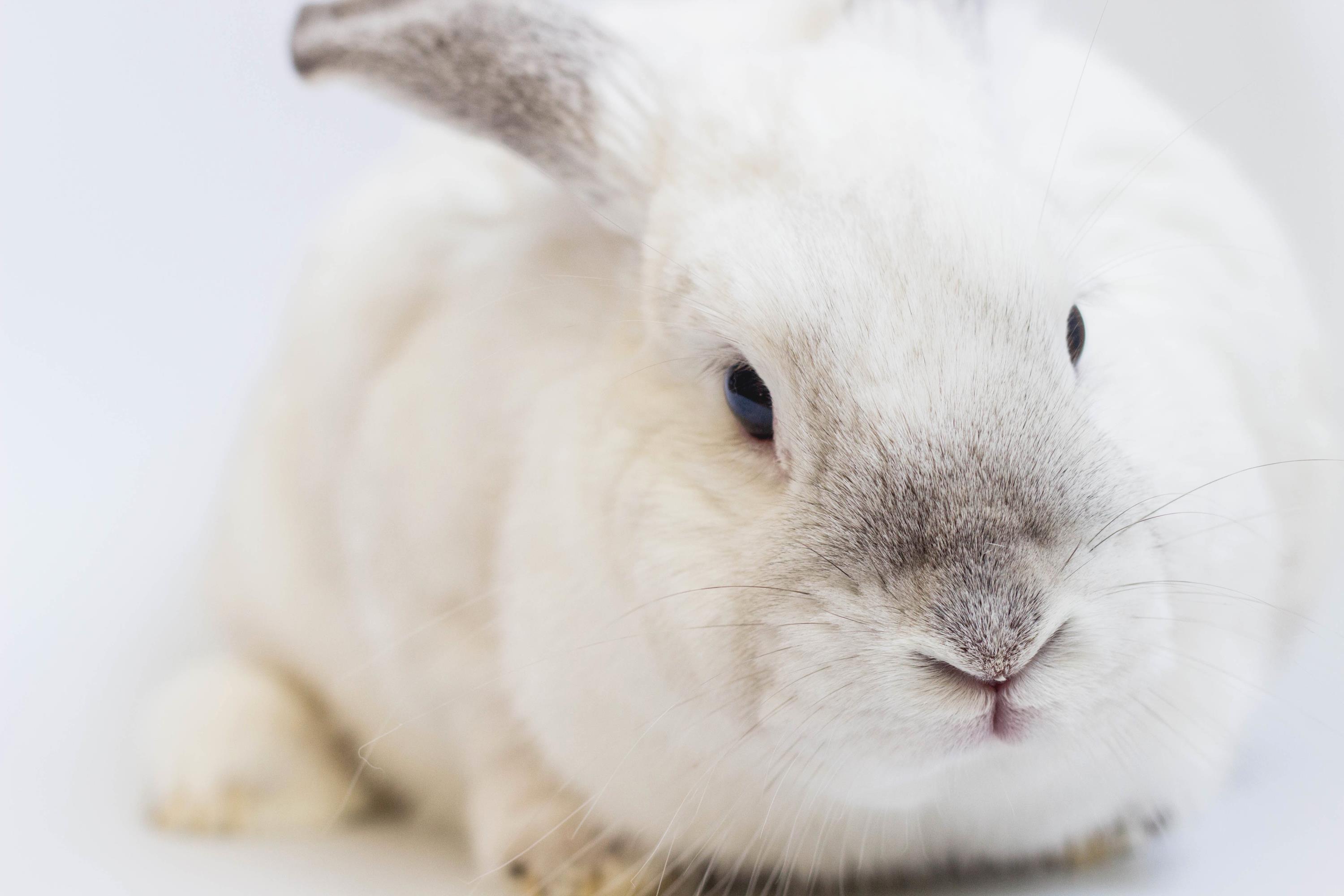
Easter is supposed to the celebration of the resurrection of Jesus, but when some people hear 'Easter' they think of the Easter bunny and eggs. Since ancient times rabbits have been associated with spring.
It is believed that Anglo-Saxon Goddess of Spring, Eostre, had a hare as her companion. The hare symbolizes fertility and rebirth. Later Christians changed the symbol of the hare to the Easter bunny.
In an attempt to Christianize Easter, which began as a pagan holiday, the celebration was named for a Saxon goddess who was known by the names of Oestre or Eastre, and in Germany by the name of Ostara. She is a goddess of the dawn and the spring, and her name derives from words for dawn, the shining light arising from the east. Our words for the "female hormone" estrogen derives from her name.
Ostara was a fertility goddess. Bringing in the end of winter, with the days brighter and growing longer after the vernal equinox, Ostara had a passion for new life. Her presence was felt in the flowering of plants and the birth of babies, both animal and human. The rabbit (well known for its propensity for rapid reproduction) was her sacred animal.
Easter eggs and the Easter bunny both were featured in the spring festivals of Ostara, which were initially held during the feasts of the goddess Ishtar (or Inanna). Eggs are obvious symbols of fertility, and the newborn chicks an adorable representation of new growth. Brightly colored eggs, chicks, and bunnies were all used at festival time to express appreciation for Ostara's gift of abundance.
The egg is an ancient symbol of new life and has been associated with pagan festivals celebrating spring.
From a Christian perspective, Easter eggs are said to represent Jesus’ emergence from the tomb and resurrection.
The decoration of eggs is believed to date back to at least the 13th century, while the rite of the Easter parade has even older roots. Other traditions, such as the consumption of Easter candy, are among the modern additions to the celebration of this early springtime holiday.
One explanation for this custom is that eggs were formerly a forbidden food during the Lenten season, so people would paint and decorate them to mark the end of the period of penance and fasting and then eat them on Easter as a celebration.
Easter egg hunts and egg rolling are two popular egg-related traditions. In the U.S. the White House Easter Egg Roll, a race in which children push decorated, hard-boiled eggs across the White House lawn, is an annual event held the Monday after Easter.
The first official White House egg roll occurred in 1878, when Rutherford B. Hayes was president. The event has no religious significance, although some people have considered egg rolling symbolic of the stone blocking Jesus’ tomb being rolled away, leading to his resurrection.
The tradition is that the Easter bunny leaves Easter eggs on Easter Sunday.
The idea of an egg-giving rabbit was taken to America in the 1700's by German immigrants. They told their children to make 'nests' with their caps and bonnets, and if they were good the Easter bunny would leave them colored eggs.
In America the story of Peter Cottontail hopping down the bunny trail has given a name and personality to the iconic figure. Germany’s version of the Easter Bunny was influenced by folklorist Jakob Grimm’s stories on traditional Easter rituals.
Most everyone grew up associating Easter with a bunny who brings candy and eggs, so no one questions how this legend came to be. When you actually think about it, though, it’s an odd tradition.
Rabbits don’t, after all, lay eggs, or deliver gifts. The Easter bunny is nonetheless a cherished holiday for children all around the world.